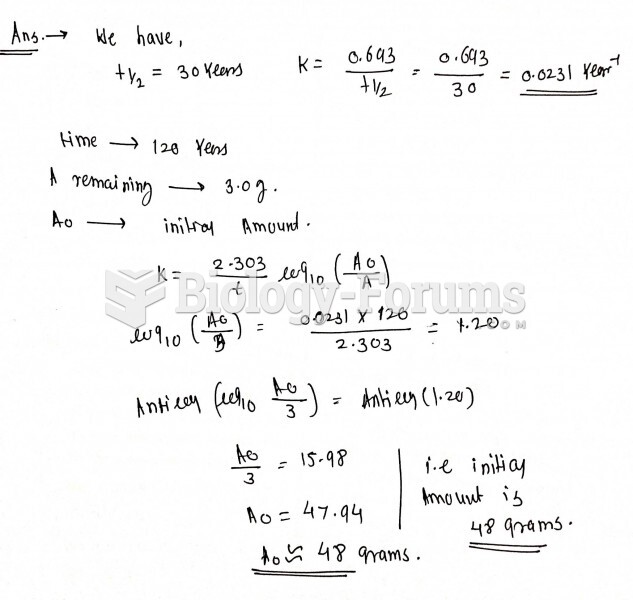This topic contains a solution. Click here to go to the answer
|
|
|
Did you know?
The most common childhood diseases include croup, chickenpox, ear infections, flu, pneumonia, ringworm, respiratory syncytial virus, scabies, head lice, and asthma.
Did you know?
Approximately 25% of all reported medication errors result from some kind of name confusion.
Did you know?
Asthma is the most common chronic childhood disease in the world. Most children who develop asthma have symptoms before they are 5 years old.
Did you know?
If you could remove all of your skin, it would weigh up to 5 pounds.
Did you know?
More than 4.4billion prescriptions were dispensed within the United States in 2016.







